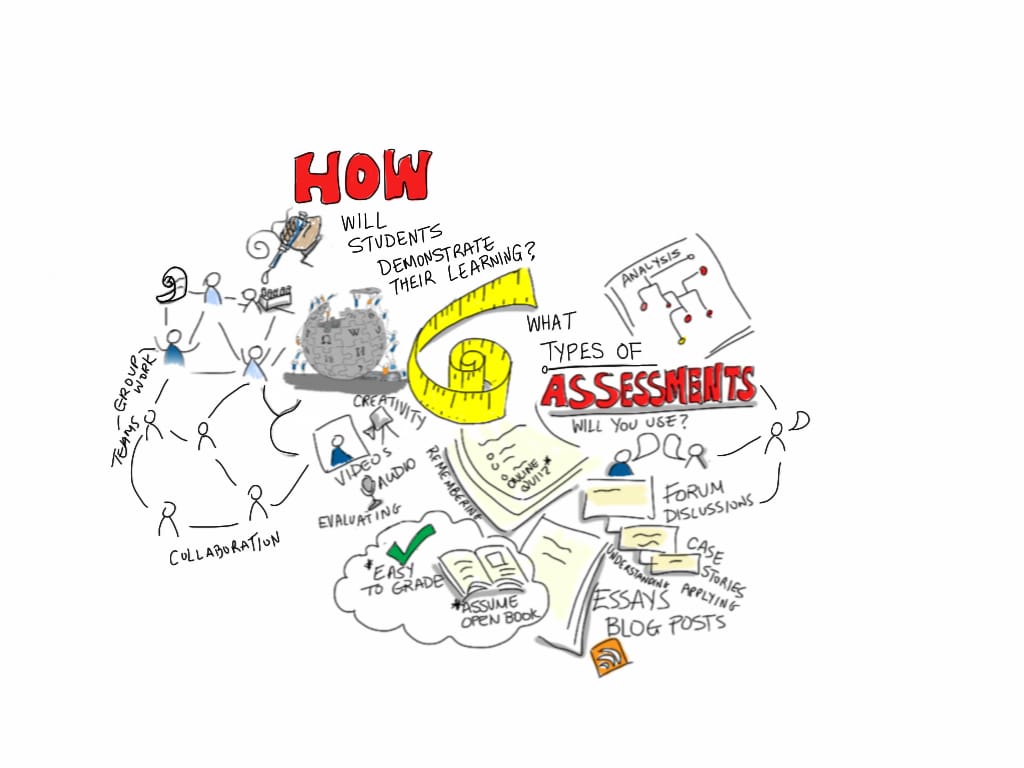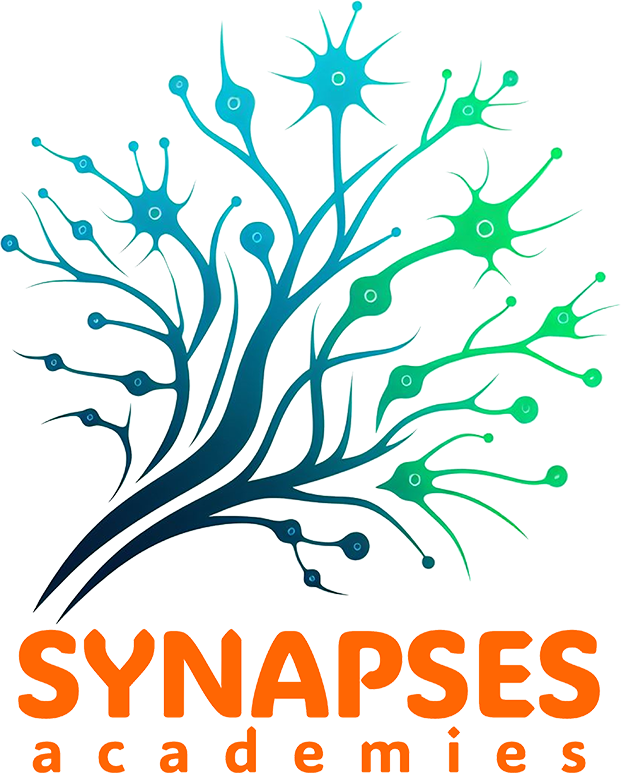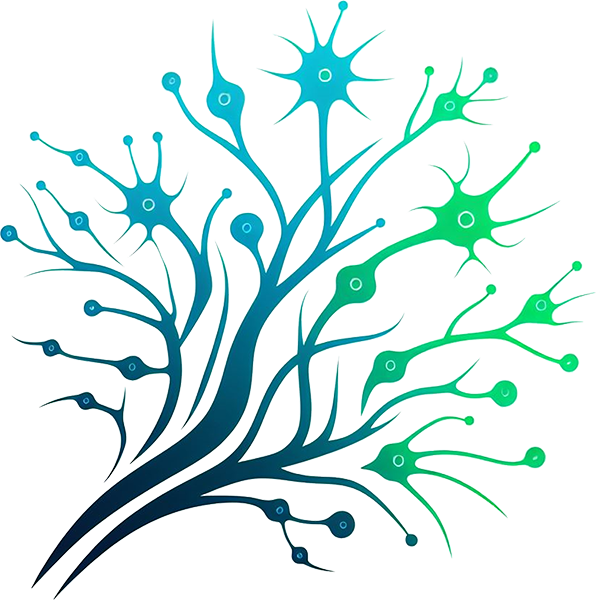Introduction to Innovative Assessment for Students

The adoption of the Green Learning Ecologies will require the adoption of an innovative comprehensive assessment approach. The assessment can be done in various different ways. The student’s sustainability citizenship learning journey will provide multiple opportunities for information gathering. The first step is to co-create with the students the goals of this journey, and the expected achievements. Opportunities to support the student improvement in their knowledge and competence profile have to be integrated into the learning scenarios presented to them. During the scenario’s implementation, educators will be able to track the student’s progress and achievements. This co-creation process (teacher-student) should accompany the journey, where students can choose their preferred way of learning, interact with the content through multiple representation means and present their progress in a personalised manner. Throughout this process, educators can gather the necessary data to track the student’s progress, communicate their progress and together redesign their journeys towards the expected goals. Educators will be able to acquire more insight into each individual and adopt different choices depending on the specific needs. An innovative grading system needs to accompany this journey choice from the planning of the scenario implementation until its finalisation.
The co-creation process invites students to take ownership of their learning path. When involved in sustainability citizenship experiences, they can be empowered as agents of change, especially when they are invited to interact with their communities’ real challenges. When implementing a green learning ecology in the school, this innovative process will foster the development of a sense of responsibility and improve the understanding of the meaning and a sense and pride of promoting citizenship actions, in particular to the contribution to sustainability.
A combination of other methods can be used to assist the process and acquiring data related to the student’s knowledge of certain topics, their attitudes, self-reported behaviour, etc. Teachers might opt to integrate quantitative and qualitative assessment by presenting surveys, and observing students while for instance working in groups or performing their research. Peer assessment can also be a good driver for learning if students are properly prepared to assume this role. A focus on formative assessment can be materialised via the adoption of rubrics where the profile of the student can be mapped and their progress properly tracked.
The SYNAPSES framework emphasises continuous assessment of student understanding, supporting the development of a cooperative classroom community, promoting shared responsibility and respect and enabling teachers from different disciplines to work together to enhance the aims of the school curriculum. The project team provide a pathway towards the generation of a common profile of the teacher who effectively introduces the key features of sustainability citizenship in their classrooms (the “practitioner of sustainability citizenship”), as an important step towards the development of strategies and programs that will support teaching for SC.
The following lessons will present a few suggestions that can be adopted, combined or isolated, to support educators to embark in the preparation of an innovative assessment experience for their students.

